Biology
- COCHRANES_PRODUCTS
- DNA, RNA models
- Biochemistry molecular model sets
- Molecular model parts
- Custom model sets
- INSPIRATION
- Resources
- Gallery
- News Articles
Physics
- INSPIRATION
- Resources
- Gallery
- News Articles
Astronomy
- COCHRANES_PRODUCTS
- Model planetaria and orreries
- Solar system posters
- INSPIRATION
- Resources
- Gallery
- News Articles
Design & Tech
- INSPIRATION
- Resources
- Gallery
- News Articles
Maths
- COCHRANES_PRODUCTS
- Mathematics sets
- Maths parts and spares
- INSPIRATION
- Resources
- Gallery
- News Articles
STEM
- COCHRANES_PRODUCTS
- STEM products
- Outreach activities
- INSPIRATION
- Resources
- Gallery
- News Articles
Primary Education
- COCHRANES_PRODUCTS
- Construction sets
- Mathematics sets
- Introduction to astronomy
- Kite making kits
- INSPIRATION
- Resources
- Gallery
- News Articles
Kites
- COCHRANES_PRODUCTS
- Kite kits and books
- Kite parts and materials
- Kites
- Birdscaring Kites
- INSPIRATION
- Resources
- Gallery
- News Articles


 Your basket is empty
Your basket is empty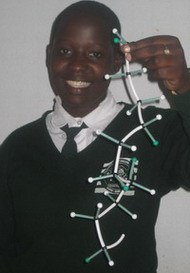 Our training has always included making a polyalkene chain by having various students (or teachers) make ethene models, then break the double bonds and form polythene or PVC as in 219. Now that we have many more C and H atoms, and appropriate bonds, we shall use larger alkene models, such as propene, for polymerisation. Students, even at undergraduate level in England, can find it difficult to draw the correct repeating unit when larger alkenes are polymerised and use of these models will help a lot. We also have enough atoms for students to compare single, double and tripe bonding of carbon, and to study structural and geometric isomers of simple hydrocarbons.
Our training has always included making a polyalkene chain by having various students (or teachers) make ethene models, then break the double bonds and form polythene or PVC as in 219. Now that we have many more C and H atoms, and appropriate bonds, we shall use larger alkene models, such as propene, for polymerisation. Students, even at undergraduate level in England, can find it difficult to draw the correct repeating unit when larger alkenes are polymerised and use of these models will help a lot. We also have enough atoms for students to compare single, double and tripe bonding of carbon, and to study structural and geometric isomers of simple hydrocarbons. 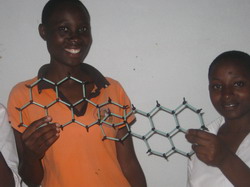
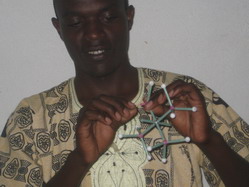
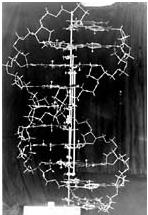 Widely acknowledged as the discovers of the double helix structure of DNA in 1953,
Widely acknowledged as the discovers of the double helix structure of DNA in 1953, 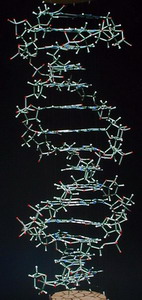 The origin of our DNA models have their own history: The researcher from UCL who had first approached us about developing a molecular building system from our construction toy was a biochemist. Not surprisingly, he advised us to provide the parts to make complex biochemical models of which DNA was an obvious choice.
The origin of our DNA models have their own history: The researcher from UCL who had first approached us about developing a molecular building system from our construction toy was a biochemist. Not surprisingly, he advised us to provide the parts to make complex biochemical models of which DNA was an obvious choice. The STEM subjects are at the forefront of the skills required to address some of the important challenges facing our society. A good science and math’s education provides students with valuable concepts, life skills, and career options.
The STEM subjects are at the forefront of the skills required to address some of the important challenges facing our society. A good science and math’s education provides students with valuable concepts, life skills, and career options. 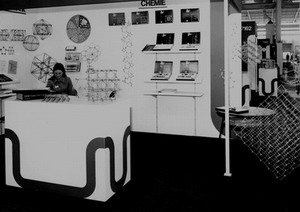
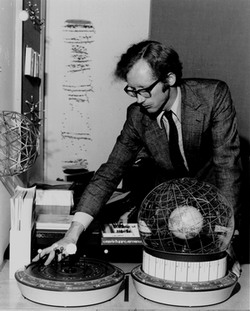
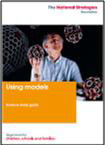
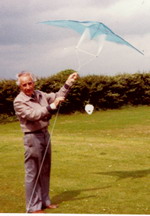 It all began when my father chanced upon
It all began when my father chanced upon